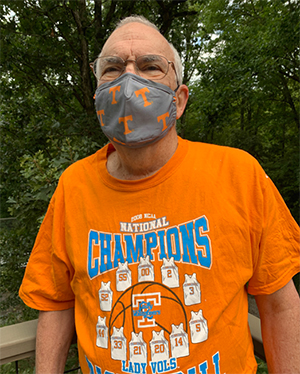Love and Bailey published in Knowable Magazine
In Water Canyon, New Mexico, there is a small, 18-mile-long, high-elevation area called the Magdalena Mountains, surrounded by desert. The isolated peaks host a scrubby collection of plants, including a tiny cluster of about 20 cottonwood trees. They are trapped, as if on an island, unable to escape by migration or pollen flow across the surrounding inhospitable lowland to any faraway, or even nearby, high-elevation area.
It is one of the hottest and driest “sky island” sites that we study, far hotter than any adjacent large mountain chain, and a great place to look for climate-adapted traits.

